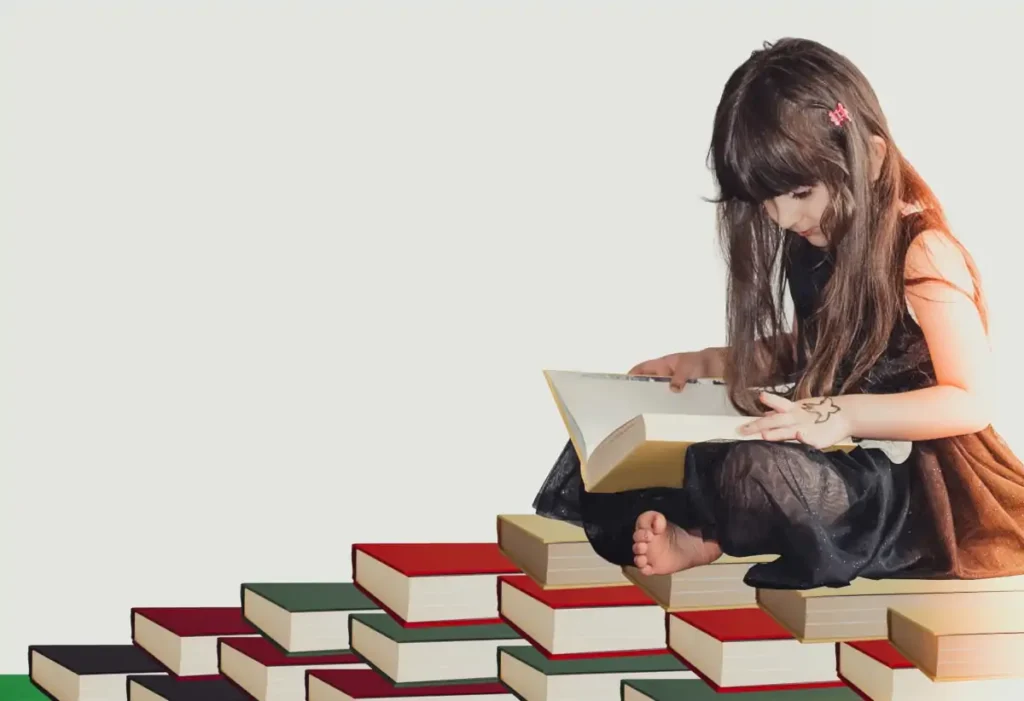Anna and Piero’s son is a ten-year-old boy, currently in fifth grade, and his school performance is very inconsistent. He appears to be a child with many resources, but his parents consider him clumsy; he is very disorganized, always speaking, thinking, and moving in a hasty manner.
He starts something, then interrupts it, and then resumes it along with other activities. This happens both in his school tasks and in all his other activities. He is also very uncoordinated, often tripping and being very impulsive.
As a result, he often fails to achieve goals that could easily be within his reach; both because he gets lost among different things and because he becomes demoralized when he doesn’t succeed in getting what he wants.
This situation often leads to low evaluations in class, which further reinforces a negative image of his potential for achievement in the child and his parents.
When mom and dad realize that this situation is not due to low intelligence or a learning disorder, as it might be related to dyspraxia or simply a coordination difficulty, they start to have a clearer idea about the child’s issue and how to act to support his education. Now, let’s delve into the matter.
1. What dyspraxia is
Dyspraxia represents a developmental disorder characterized by a problem in motor coordination; in other words, it is the difficulty in making everyday movements automatic.
As you can easily understand, the inability to move quickly in space and time due to good automatisms makes it very challenging for a person to achieve high levels of competence in critical areas of life.
For example, reading, writing, and arithmetic are complex skills that can be very challenging for some individuals, not because of low intelligence, but due to difficulties in coordinating all the small movements involved in those functions.
Naturally, this lack of coordination can occur at various levels and, above all, it can manifest differently in different spheres of a person’s life.
One of these spheres, for example, is related to learning disabilities; in fact, according to one of the leading experts in this field, Piero Crispiani, dyspraxia and learning disabilities (specific learning disorders) are strongly linked. Professor Crispiani defines dyslexia as a sequential dyspraxia, explaining how the dyspraxic basis makes the child less able to perform reading and writing exercises.
Now, let’s try to understand this phenomenon better.
2. How dyspraxia manifests
Dyspraxia is a form of functional disorder, meaning it is a problem related to inadequate execution of certain functions. Essentially, the person exhibits a characteristic clumsiness, due to what Piero Crispiani identifies as a «sequential cognitive disarray», which is a true confusion experienced by the individual in performing sequences of movements.
The most evident indicators of this problem consist of getting lost in sequences (of communication, motor skills, etc.). Naturally, a person can manifest these aspects to a greater or lesser degree, and especially in some areas more than others.
In a child, for example, this difficulty can be expressed in certain skills involving sequential processes: precarious movement along the timeline and number line; difficulty in mental calculation; imprecision in alignment, etc.
The important thing to emphasize is that there is no problem with intelligence; on the contrary, dyspraxic individuals are generally quite gifted and possess considerable intuition.
3. How to address dyspraxia
Now that the role of coordination in your child’s educational success should be clear to you, I want to explain how you can effectively support his growth path by preventing difficulties related to reduced coordination.
There is a method for treating difficulties related to dyspraxia and dyslexia called the Crispiani Method; it is quite widespread both in Italy and abroad and is based on a very precise principle: promoting executive fluidity in the child.
What does executive fluidity mean? Let me explain it in very simple terms. The best way to master a function is to perform it automatically, but to create an automatism, it is necessary to exercise a movement smoothly, without stumbling.
When we talk about «movement», it does not only refer to the apparent bodily movement; everything we do involves movement, so even language and even thought. Thought is movement, as shown by studies on mirror neurons.
Exercising coordination in movement is much easier than you imagine; and you can do it at home with your child, even from a very young age. Movement games, ball games, manipulation games, word games, tongue twisters, motor dictation, motor courses, and group games all promote executive fluidity.
In other words, the more you can allow the child to experience increasingly complex motor experiences, the greater his ability to coordinate himself in space and time when facing new environments (school, sports, work) or new learning experiences (reading, writing, study methods, managing multiple tasks, handling complex situations, etc.).












